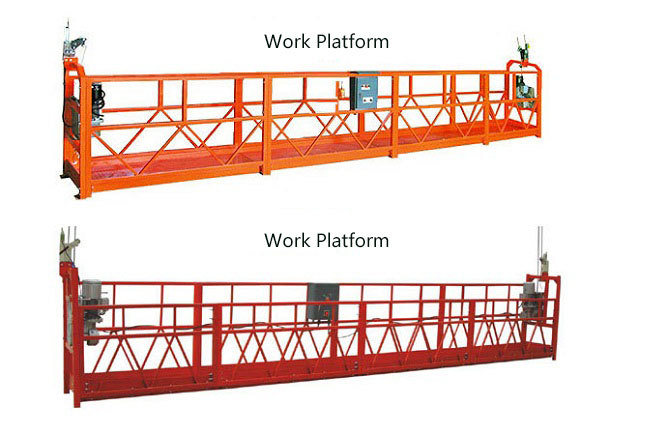Ensuring Safety at Heights: Focus on Suspended Working Platform Usage
As urban construction projects reach new heights, suspended working platforms (SWPs) have become essential tools for accessing the exteriors of high-rise buildings. However, industry professionals are sounding the alarm about the importance of proper safety procedures when using these platforms.
Recent Inspection Highlights Best Practices and Pitfalls
Earlier this month, safety inspectors from the Department of Labor visited multiple sites across Los Angeles as part of a surprise audit focused on suspended working platforms. Their findings revealed a mix of strong compliance and areas requiring urgent improvement.
“While many contractors have clearly invested in proper training and equipment maintenance, we still observed several instances of overloaded platforms, worn-out suspension ropes, and missing guardrails,” said Karen Lu, lead inspector.
What Is a Suspended Working Platform?
A suspended working platform, also known as a swing stage or gondola, is a temporary platform suspended by ropes or cables, typically used for exterior building maintenance, window cleaning, or facade construction. Operated manually or electrically, these platforms are suspended from the roof or another overhead structure and can be raised or lowered as needed.
Core Safety Guidelines for Suspended Platforms
To reduce the risk of accidents, OSHA and other international safety bodies have issued specific guidelines for SWP usage:
Daily Inspections: All components—hoists, cables, anchor points, and safety harnesses—must be inspected before use.
Load Limits: Never exceed the maximum load capacity specified by the manufacturer.
Fall Protection: Workers must wear full-body harnesses connected to independent lifelines.
Training Requirements: Only trained and certified personnel should operate suspended working platforms.
Weather Precautions: Operations must stop during high winds, thunderstorms, or icy conditions.
Training Saves Lives
In a notable example last year, a construction worker in Boston narrowly avoided a fatal fall after his platform’s hoist malfunctioned. Thanks to mandatory safety harnesses and quick thinking from his colleague, he was safely retrieved.
“Training made all the difference,” said Anthony Reed, safety director at the site. “We practice drills every quarter, so our team knew exactly what to do.”
Technology Is Enhancing Platform Safety
Companies are increasingly adopting technology to improve safety, including automated braking systems, real-time monitoring sensors, and smartphone apps that alert teams to high wind speeds.
Some firms are also integrating artificial intelligence (AI) to predict equipment wear and stress levels before failures occur.
A Shared Responsibility
Industry leaders emphasize that safety is a shared responsibility between manufacturers, site managers, and workers. “Every person on-site has a role to play,” said Monica Harris, Chair of the High-Rise Safety Alliance. “From regular maintenance to speaking up when something looks wrong—those actions save lives.”
Final Thoughts
Suspended working platforms are critical tools in modern construction and maintenance—but they must be used with care, skill, and constant attention to safety. As cities grow upward, so too must our commitment to protecting the workers who build and maintain them.
For more information on suspended platform safety guidelines, visit the Success Suspended Scaffold Standards page.
 Safe. Reliable. Efficient. Int
Safe. Reliable. Efficient. Int
 Ensuring Safety at Heights: Fo
Ensuring Safety at Heights: Fo
 How much do you know about con
How much do you know about con

